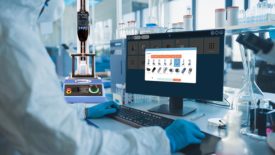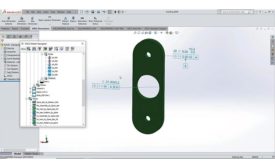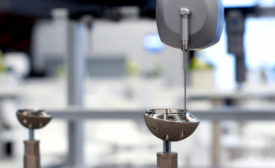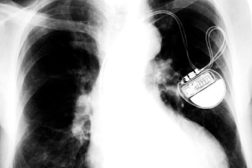Home » Keywords: » FDA regulations
Items Tagged with 'FDA regulations'
ARTICLES
Speaking of Quality | Mark Durivage
Consider preparing the workforce today for the challenges of tomorrow.
Read More
Software & Analysis
Quality Software: Core Qualities to Build Specialist Software Tools in QC Metrology
Manual operations cannot fully meet the challenges of a competitive and increasingly digitized industry.
March 28, 2023
Manufacturing Medical
Medical devices warrant high levels of traceability in order to obtain, track and analyze data.
March 2, 2020
Metrology for the Medical Field
Medical devices require stringent quality and inspection methods.
March 1, 2020
Balancing Compliance and Continuous Improvement in Highly Regulated Industries
Learn how several innovative manufacturers are balancing compliance and continuous improvement in their operations.
October 8, 2019
Get our new eMagazine delivered to your inbox every month.
Stay in the know with Quality’s comprehensive coverage of the manufacturing and metrology industries.
SIGN UP TODAY!Copyright ©2024. All Rights Reserved BNP Media.
Design, CMS, Hosting & Web Development :: ePublishing







